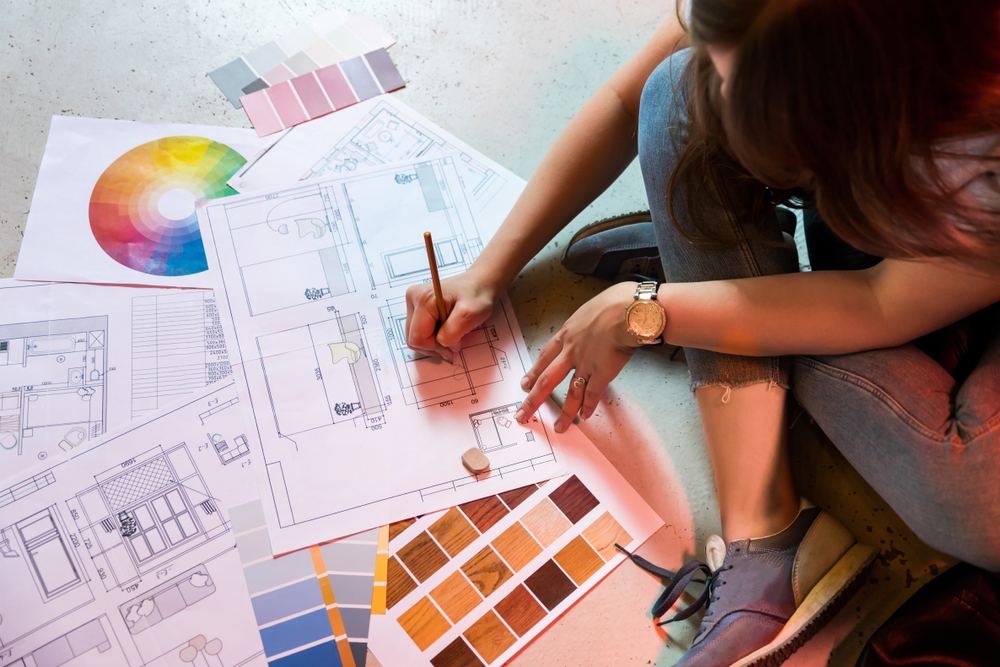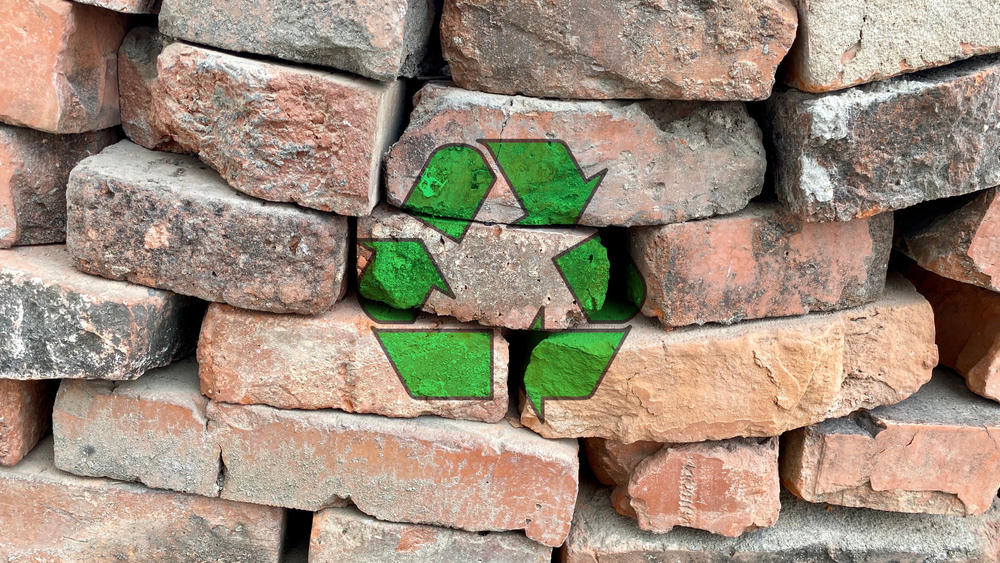Top Trends in Home Construction for 2024: What’s New and What’s Next
The home construction industry is undergoing significant transformations in 2024, influenced by advancements in technology, evolving consumer preferences, and heightened environmental awareness. From innovative building techniques to sustainable practices, here’s a detailed look at the top trends in home construction for this year and beyond.
Sustainable Building Practices
Emphasis on Energy Efficiency
Energy efficiency continues to be a major focus in 2024. Homeowners are increasingly prioritizing ways to minimize their energy usage and reduce utility expenses. Builders are responding with state-of-the-art insulation materials, high-performance windows, and advanced HVAC systems. Solar panels and energy storage solutions have become more prevalent, enabling homeowners to generate and store their own electricity. Additionally, smart home technologies that optimize energy use, such as programmable thermostats and energy-efficient lighting, are becoming standard features in new homes.
Green Building Materials
Sustainable building materials are in high demand. Recycled and reclaimed materials, such as reclaimed wood and recycled steel, are favored for their lower environmental impact. Innovations in green building materials, such as hempcrete and mycelium-based products, are gaining traction. These materials not only reduce the carbon footprint of construction but also offer unique aesthetic and functional benefits. Builders are also incorporating low-VOC (volatile organic compounds) paints and finishes to improve indoor air quality.
Innovative Building Techniques
Modular and Prefabricated Construction
Modular and prefabricated construction techniques are transforming the way homes are built. These methods involve constructing sections of a home in a factory setting before transporting them to the building site for assembly. This approach offers several advantages, including reduced construction time, lower labor costs, and improved quality control. In 2024, modular homes are becoming more customizable, with a wider range of design options and finishes available to homeowners.
3D Printing
3D printing technology is making its mark on the home construction industry. This technique allows for the creation of complex architectural elements and entire structures using additive manufacturing processes. In 2024, 3D printing is being used to produce everything from concrete walls to intricate decorative details. This technology offers the potential for significant cost savings and faster construction times, while also enabling the creation of unique and highly personalized home designs.
Smart Home Technology
Integration of IoT Devices
The integration of Internet of Things (IoT) devices is becoming increasingly common in modern homes. Homeowners are looking for ways to enhance convenience, security, and energy management through smart technology. In 2024, homes are equipped with advanced smart home systems that allow for seamless control of lighting, heating, cooling, and security features through mobile apps and voice commands. Smart appliances, such as refrigerators that monitor food inventory and ovens that can be preheated remotely, are also gaining popularity.
Enhanced Home Security Systems
Home security technology has evolved significantly, with new innovations focusing on improved safety and convenience. Modern security systems include features such as facial recognition cameras, smart locks, and integrated alarm systems that provide real-time notifications and remote monitoring capabilities. In 2024, homeowners are prioritizing advanced security solutions that offer greater peace of mind and protection against potential threats.
Health and Wellness Features
Improved Indoor Air Quality
Indoor air quality is a growing concern for homeowners, and builders are responding with features designed to enhance health and wellness. In 2024, homes are being equipped with advanced air filtration systems, moisture control solutions, and ventilation systems that promote clean and healthy indoor environments. These features help to reduce allergens, pollutants, and humidity levels, contributing to overall well-being.
Biophilic Design
Biophilic design, which incorporates natural elements into the built environment, is gaining traction in home construction. This design approach aims to create a connection between indoor spaces and the natural world, promoting relaxation and mental well-being. In 2024, builders are incorporating features such as living green walls, large windows with views of nature, and indoor gardens to enhance the aesthetic and psychological benefits of homes.
Customization and Personalization
Tailored Home Designs
Customization and personalization are key trends in home construction for 2024. Homebuyers are seeking homes that reflect their individual tastes and lifestyles, leading to an increased demand for bespoke design options. Builders are offering a wide range of customizable features, from floor plans and finishes to smart home integrations and outdoor living spaces. This trend allows homeowners to create homes that are uniquely suited to their needs and preferences.
Flexible Living Spaces
The concept of flexible living spaces is gaining popularity as homeowners look for ways to adapt their homes to changing needs. In 2024, homes are being designed with adaptable rooms that can serve multiple purposes, such as home offices, guest rooms, or recreational areas. This flexibility allows homeowners to maximize the functionality of their living spaces and accommodate various lifestyle changes over time.
Conclusion
As we navigate through 2024, the home construction industry is marked by a strong focus on sustainability, innovation, and personalization. Builders are embracing advanced technologies and green building practices to meet the evolving needs of homeowners. From energy-efficient solutions and eco-friendly materials to smart home features and customizable designs, the trends in home construction this year reflect a commitment to creating healthier, more efficient, and uniquely tailored living environments. Whether you’re planning a new build or considering a renovation, staying informed about these trends can help you make informed decisions and create a home that aligns with your vision for the future.


